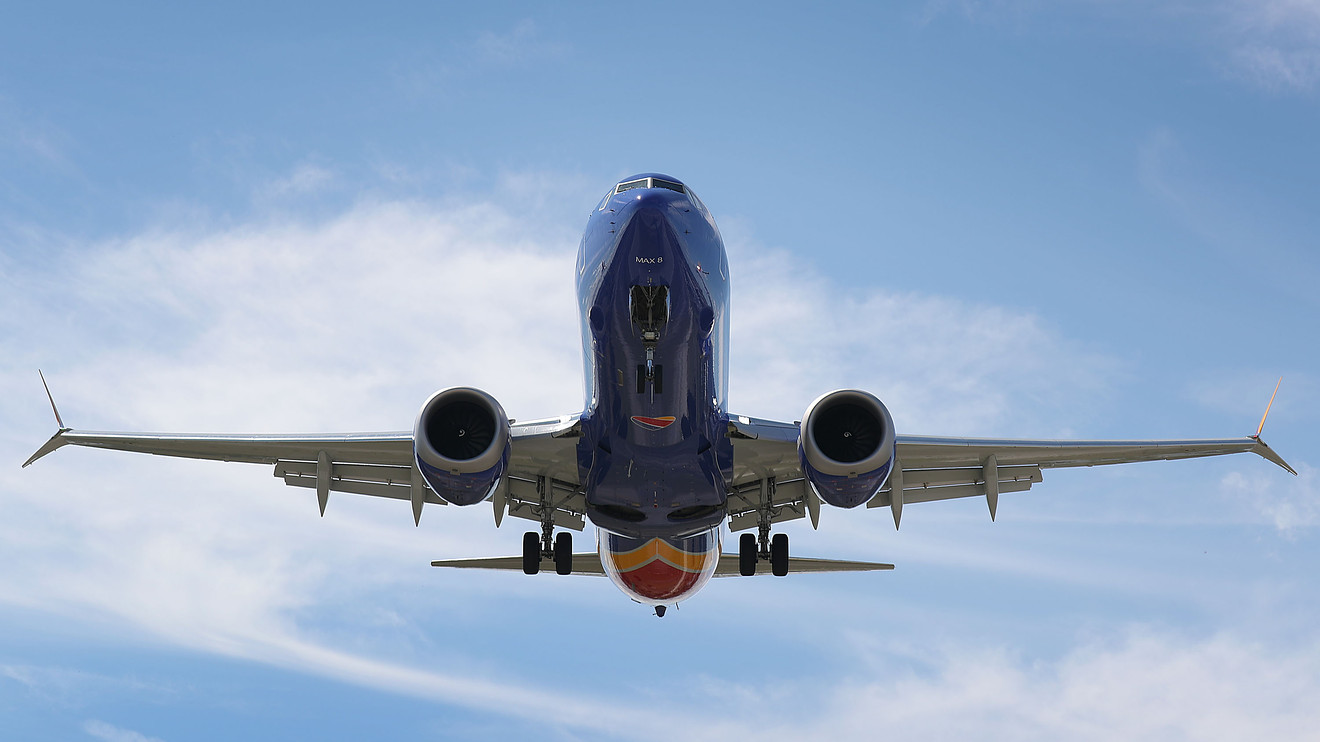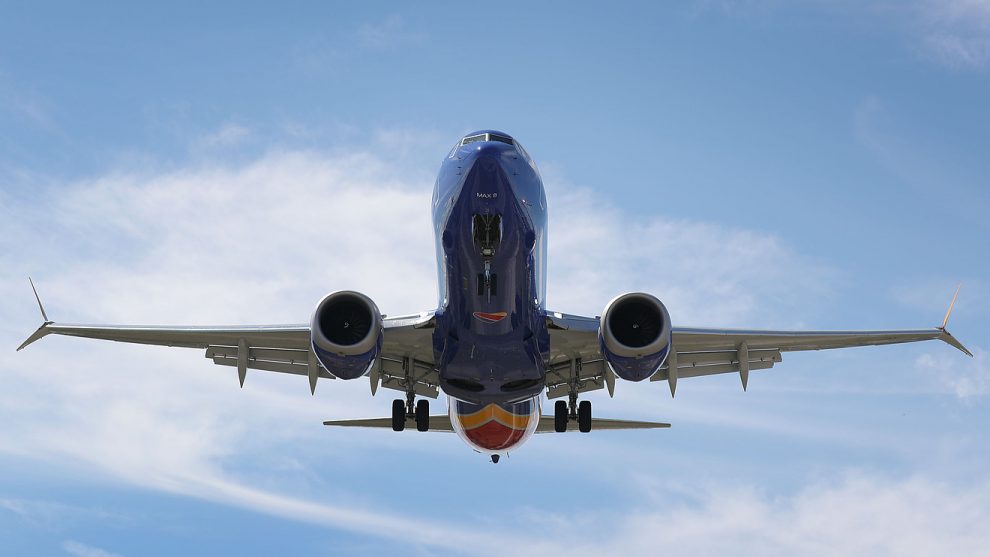
Boeing Co. didn’t share information about a problem with a cockpit safety alert for about a year before the issue drew attention with the October crash of a 737 Max jet in Indonesia, and then gave some airlines and pilots partial and inconsistent explanations, according to industry and government officials.
It was only after a second Max accident in Ethiopia nearly five months later, these officials said, that Boeing became more forthcoming with airlines about the problem. And the company didn’t publicly disclose the software error behind the problem for another six weeks, in the interim leaving the flying public and, according to a Federal Aviation Administration spokesman, the agency’s acting chief unaware.
The length of time between when Boeing BA, +0.18% realized the problem and when it shared that information hasn’t been previously reported. The problem kept a safety feature found on earlier models from functioning on the Max, though it isn’t clear if the feature would have prevented either crash.
Senior Federal Aviation Administration and airline officials increasingly are raising questions about how transparent the Chicago aerospace giant has been regarding problems with the cockpit warnings, according to people familiar with their thinking. The growing scrutiny could pose new challenges to Boeing’s efforts to shore up confidence in the 737 Max, solicit regulatory support around the globe and get the Max fleet, grounded after the second crash, flying again.
An expanded version of this report appears on WSJ.com.
Also popular on WSJ.com:
Music superstars are the new one percenters.
Berkshire lieutenants step into spotlight at annual meeting.









